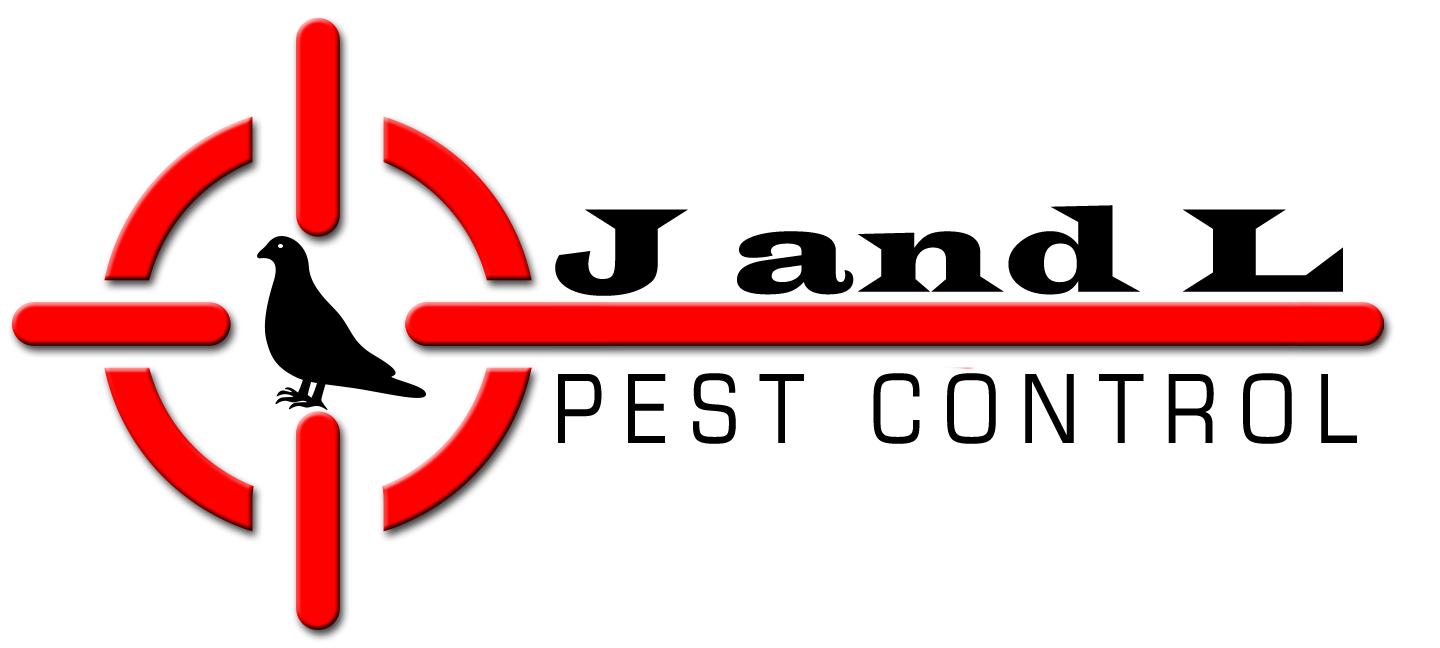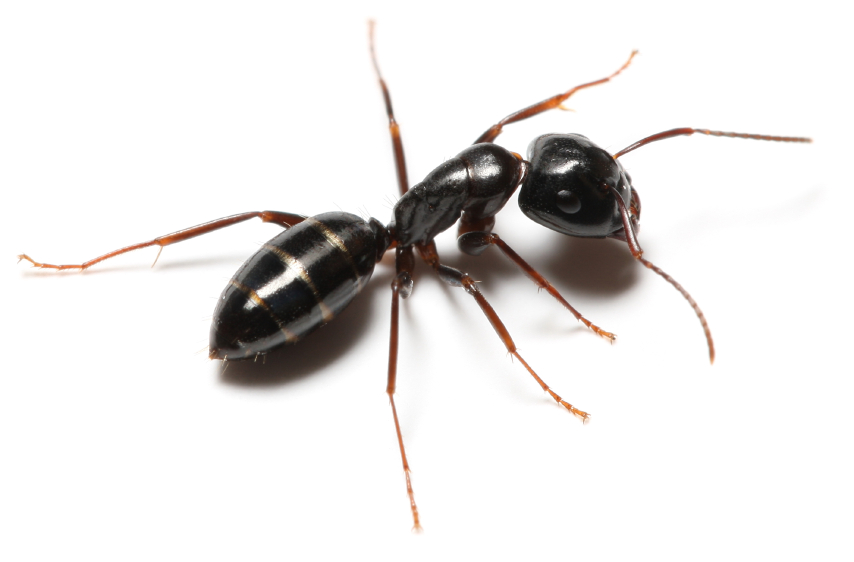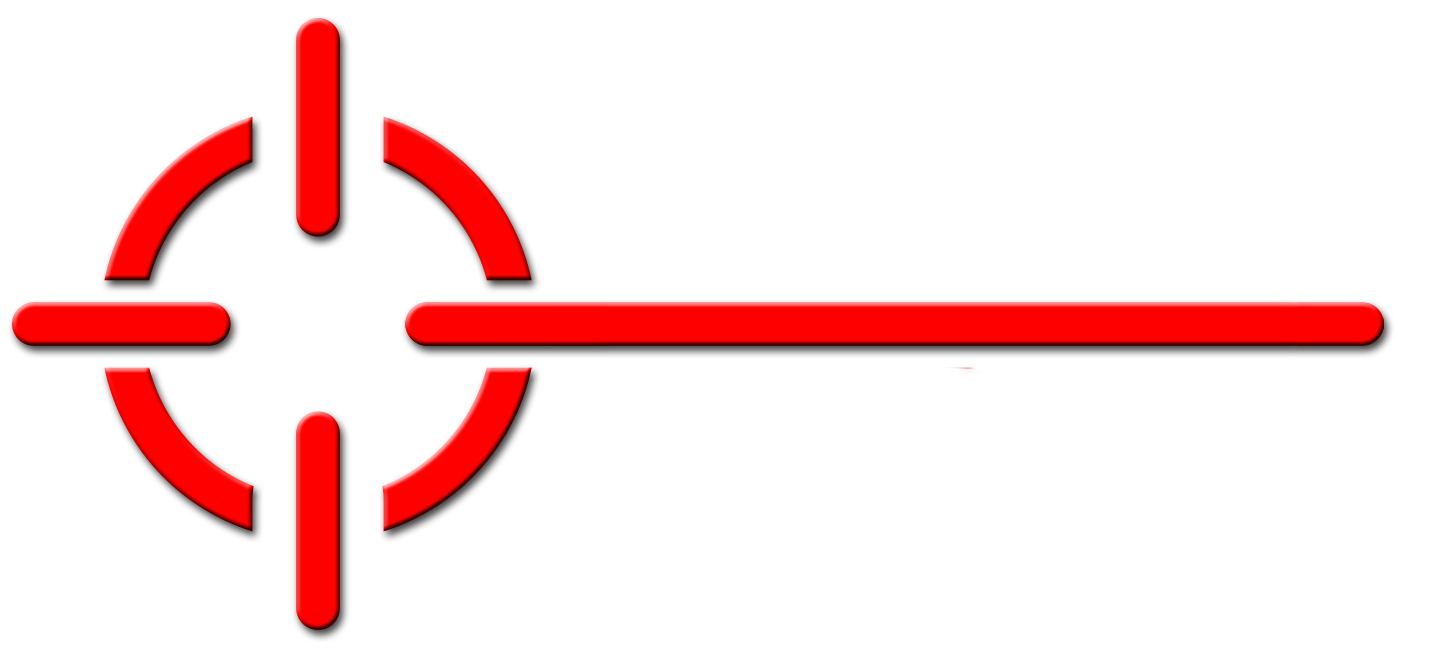
J & L Pest Control is a family owed business that has been practicing Integrated Pest Management (IPM) services since it was founded.
T (631)-605-9919
Email: jandlpestcontrol@gmail.com
J & L Pest Control
1090 Martinstien Ave.
Bay Shore, NY 11706

COMMON NAME: Odorous house ant
SCIENTIFIC NAME: Tapinoma sessile(Say)
CLASS/ORDER/FAMILY: Insecta/Hymenoptera/Formicidae
METAMORPHOSIS: Complete
INTRODUCTION.The pungent, “rotten-coconutlike” odor given off when this ant is crushed gives it its name. It is a native species and is found throughout the United States. It is a major structural-invading species in the mid-Atlantic states, and in the mid-western and mid-southern regions.
RECOGNITION.Workers monomorphic, about 1/16-1/8“(2.4-3.3 mm) long. Body brown to black. Antenna 12-segmented, without a club. Thorax lacks spines, profile unevenly rounded. Pedicel 1-segmented,with small node/segment hidden/concealed from view from above by base of gaster. Gasterwith anal opening slitlike, lacking circlet of hairs.Stinger absent. Workers emit a disagreeable, rotten, coconut-like odor.
BIOLOGY.Colonies may be composed of several hundred to 100,000 ants, but usually number about 2,000 to 10,000 ants. There are usually many queens in a colony. Field- collected summer colonies in Tennessee were composed of about 150 workers to each queen and 200 workers for every square centimeter (0.155 square inches) of brood. Developmental time (egg to adult) is 34-83 days, varying with temperature during summer months, and up to 6-7 months during the winter. Colonies typically produce 4-5 generations a year. Although they mate both inside and outside the nest, the first swarmers appear from May to mid-July. Colonies can be founded by inseminated females or by budding. The workers and queens live for several years. Individuals from different colonies are not hostile to one another and workers normally move along trails.
CONTROL.Control is a 4-step process. First, location of the nest(s) is crucial and can often be accomplished by following the trail of foraging workers back from the food source. ) Once the nest (s) are located, it can then be treated directly with an appropriately labeled pesticide. Second, a thorough perimeter treatment of a nonrepellent pesticide is highly effective in eliminating the ant problem; be sure to treat up under the bottom siding-to-foundation wall junction if present. In addition, all branches of trees and shrubs in contact with the building must be trimmed back. Be sure to check where electrical and water lines enter the building and caulk any gaps. Third, on the inside, lightly mist/spritz any foraging trails of ants with a nonrepellent pesticide. This will speed up the control process. This outside-inside combo treatment will usually give results is a few days at most. Be sure to cover any surfaces below the application site with plastic before application to avoid unwanted contamination. Fourth, baiting on the outside just beyond the treated area with a sucrose-based liquid bait will intercept the ants before they enter and give greater control for a longer period of time. This works best if inside sources of moisture and food are eliminated first.
HABITS. Inside, these ants usually construct their nests near a moisture source such as in wall voids especially around hot water pipes and heaters, in bathtraps, beneath commodes with leaking seals, in crevices around sinks, cupboards, etc., but also in wood damaged by termites. These ants prefer sweets but also eat foods with high protein content and grease such as meats and cheese. Outside, they are often found in the nest of larger ants, in exposed soil, but mostly under objects including stacks of lumber, firewood, bricks, etc. They have been found nesting in honey bee hives beneath the top and inner cover. Workers feed on live and dead insects, seek honeydew and plant secretions, and even feed on seeds. They are extremely fond of honeydew and attend such honeydew-excreting insects as plantlice (aphids), scale insects, mealybugs, etc. They are most likely to enter buildings when their honeydew supply is reduced such as during rainy weather or with leaf fall in the autumn. They forage during the day and at night when the temperature is 43-95°F (23-35°C). Like most ants, they follow guidelines or edges. They tend to move their nests every 3 months or so, often in response to rain. When workers are alarmed, they run around in an erratic manner with their gasters/abdomens raised up.
